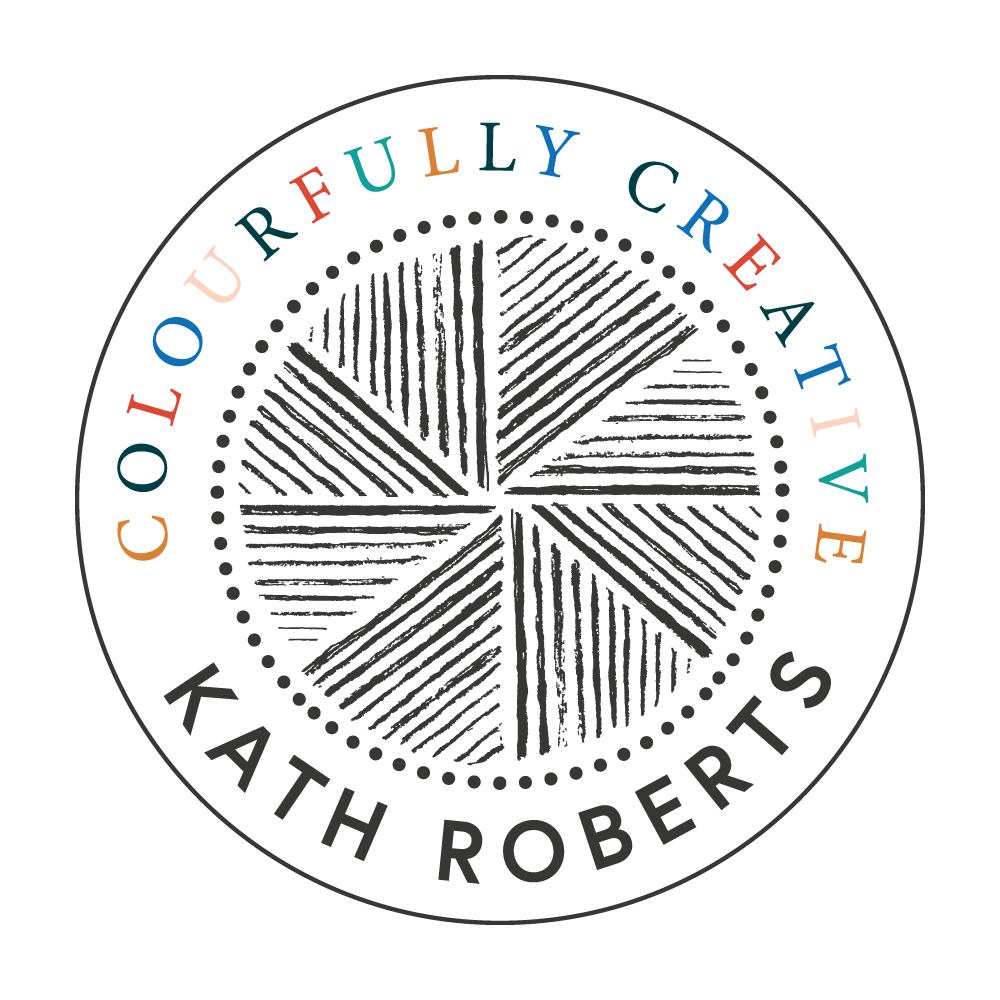Recognising Burnout
Image by Frank Rietsch from Pixabay
In the 1970s, psychologist Herbert Freudenberger created the expression "burnout" after he observed a troubling phenomenon among passionate volunteers at a busy healthcare clinic.
Despite their initial enthusiasm and dedication, these once lively individuals gradually slipped into a state of profound motivational collapse and emotional void. Freudenberger realized this was more than just exhaustion or a temporary lapse in morale.
It was a unique condition characterized by three distinct symptoms:
1. Exhaustion
2. cynicism
3. A reduced sense of personal accomplishment
Burnout is the opposite of flow, a state where we feel aligned,functioning at our best, in the creative zone where we lose track of time, and where it gives us a sense of mastery. Burnout on the other hand gives us a sense of futility.
Research from pioneering psychologist Christina Maslach – who developed the Maslach Burnout Inventory (the most widely used instrument for assessing burnout in the scientific community) and wrote The Burnout Challenge with Micheal P Leiter, reveals that burnout, like flow, has specific preconditions or psychological triggers that cause it to emerge.
And by understanding these triggers, you can pinpoint the root causes of your burnout and address them head-on.
The six burnout triggers are:
Lack of control: When you lack autonomy, ownership, or creative expression in your work.
Values conflict: A disconnect between your core values and your organization's.
Insufficient reward: Feeling unrecognized, underappreciated, or under-compensated.
Work overload: A workload that is too high, too complex, or too urgent.
Unfairness: A culture of favoritism or lack of fairness in the workplace.
Breakdown of community: Working with unsupportive or low-performing colleagues.
Mastering Mental Resilience
Recognising Your Personal Burnout Trggers is The First Step Toward Not Only Overcoming Your Current Exhaustion But Also Creating An Effective Shield Against Future Mental Fatigue.
This approach enables consistent peak performance without the looming threat of emotional collapse.
By developing resilience against burnout, you access extraordinary levels of achievement and personal wellbeing that few realize is attainable.
Success requires methodically tackling each trigger, beginning with what impacts you most significantly.
This means identifying specific burnout catalysts in your professional environment and addressing them comprehensively.
A piecemeal approach won't suffice—you need a complete strategy. Here are five evidence-based techniques to combat existing burnout and build lasting mental fortitude:
1 – Engage With Meaningful Challenges
Direct your energy toward responsibilities that leverage your natural talents, generate internal satisfaction, and deliver worthwhile results relative to your investment.
If you excel in analytical thinking, seek projects requiring complex problem-solving that stimulate your intellectual curiosity while providing meaningful outcomes.
2 – Maintain a Performance Buffer
Regularly assess your capacity and avoid consistently operating at your maximum threshold for long periods.
Implement a simple numeric self-evaluation system to monitor your daily energy reserves, ensuring you rarely exceed 80% of your capacity.
This practice prevents crossing your physiological stress threshold that typically precedes burnout.
3 – Embrace Strategic Intensity
Utilize focused, time-limited work sessions to generate momentum and combat reward deficiency. When facing a challenging task, dedicate a defined 90-minute period to concentrated effort.
The visible progress achieved during these intensive sessions helps neutralize burnout sensations.
4 – Neutralize Each Burnout Source
Methodically confront all six burnout triggers, prioritizing those with greatest personal impact.
If you're struggling with workplace autonomy, initiate discussions with leadership about expanding your decision-making authority and project ownership.
5 – Develop Physical Resilience
Integrate recovery practices including, colour baths, cold exposure, heat therapy, physical activity, and bodywork to create physiological defenses against burnout.
Consider ending your workday with activities to facilitate mental and physical recovery from high-performance demands such as walks in nature. Hire a coach, practise journalling, build in switch-off time.
Remember, work is inherently unlimited.
Tasks continually accumulate, and ironically, your competence often increases your workload. Your responsibilities typically reflect your capabilities.
The challenge isn't eliminating the constant flow of demands but rather managing your finite resources amid these endless expectations.
That's the true value of becoming burnout-resistant.

